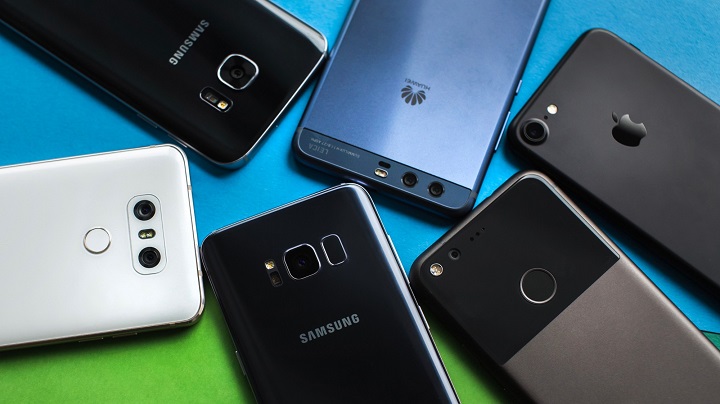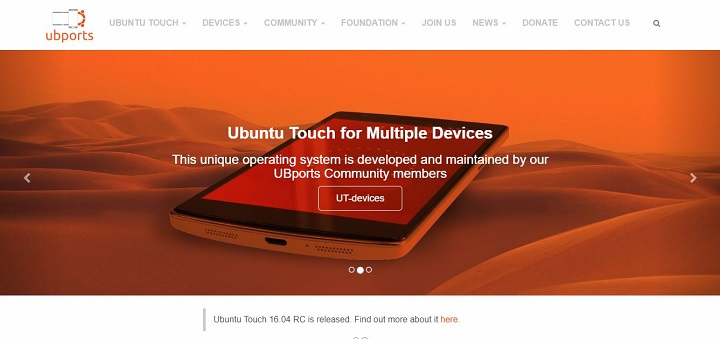When Android Finally Charges, Here are the Alternatives to Android
The European Union has charged Google of breaking their antitrust laws and has been fined €4.34 billion for damages, demanding that they immediately cease their illegal activity. But since Android is free only because of Google’s business model, which is being pointed out as the one that’s offending the antitrust laws, the future may come when Google would have to charge developers, as well as the manufacturing companies, for using Android.
In the video games industry, this is the standard model. Developers pay the 3 biggest gaming companies (Nintendo, Sony, and Microsoft) for kits of their gaming platforms (3DS/Switch, PS3/PS4, and Xbox respectively) if they want to develop games for those platforms.
If Google were to adopt such a model, imagine paying $30 to $50 for an app. For this reason, it might be the best time for smartphone manufacturing companies and developers to find an alternative to Android.
Why Find An Alternative?
There are many reasons why smartphone manufacturers and developers should find alternatives to Android. The number one reason for smartphone manufacturers is to prevent additional costs should Google’s business model change. The current business model has Google paying to the smartphone manufacturers so that the manufacturers keep using Android, but this might all change should Google adhere to the EU’s demand. The second reason is for smartphone manufacturers to be able to fully lay claim on their product. Right now, their product lines are also restricted by Google, as well as having to be compatible with Android. They can modify the Android versions that their phone runs but it must be approved by Google, according to the EU’s findings. If they have their own OS, a smartphone manufacturers have more freedom to do whatever they want because it’s their own platform.
For developers, having a free alternative, means that they have the option to not pay Google and keep developing for something while paying for nothing. This is especially helpful for independent developers. Google, right now, provides a free environment, but due to EU’s demands, this might all change.
The Alternatives
One of the many alternatives developers and manufacturers can consider is postmarketOS, which describes itself as “A real Linux distribution on the phone.” According to their site, postmarketOS is designed so that even older smartphones will still be usable even after their manufacturers have completely stopped support for it, provided that the phone is still fully functional.
“Pick an average PC from 2008 and install a minimal Linux based operating system. You will be able to do basic computing tasks just like on an expensive modern PC.
On the current mobile landscape you get none of that.”
postmarketOS’ goal is to make your phone usable for at least 10 years. It is based on Alpine Linux, so the base installation is only just 5 MB making it it’s very light for smartphones especially ones with limited memory.
LineageOS is based on the Android and is an open-source OS. Plus it’s free. It is the successor of the Cyanogen, which was a custom ROM that’s based on Android as well. Cyanogen Inc., the people behind Cyanogen, quit and discontinued the development of Cyanogen on December of 2016. During the same month, Lineage OS was also launched to continue on the legacy of the now discontinued OS. Since then, LineageOS supports over 180 phones and has over 1.8 million active installs as of July 2018.
And finally, there’s Ubuntu, though this project is now completely abandoned by their parent company, Canonical, and has since only being maintained by the community. Canonical tried to expand from PC to mobile phone with their Ubuntu Touch, an open-sourced mobile operating system. They even went as far as launching their own phone, in partnership with Spanish smartphone manufacturer bq, though these phones are geared more towards developers. Eventually, due to a number of failures, they called it quits and stopped the development. But the Ubuntu community continued to independently work on it. Right now, it is in its version 16.04.


